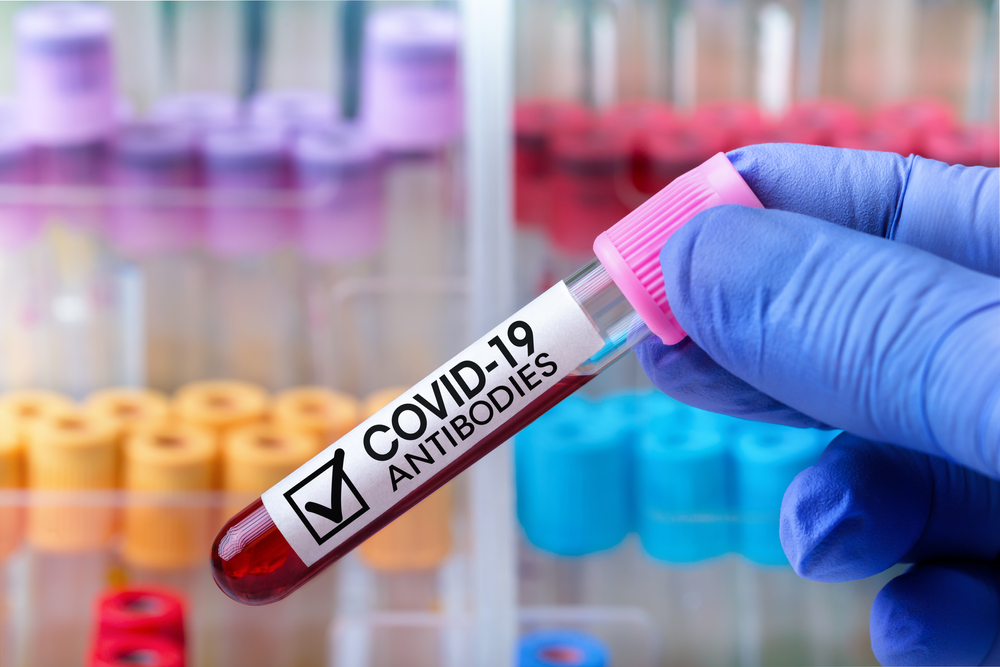I have a special interest in Pyoderma Gangrenosum (PG) because once I learned the clinical characteristics, I realized that PG is incredibly common in wound center patients –although sadly, it is uncommonly diagnosed. These patients suffer terribly because they get worse with “serial debridements” (due to pathergy), but wound center clinicians may still not stop traumatizing them with debridements. The associated pain in severe, and the diagnosis is difficult because many clinicians are unwilling to initiate even a trial of steroids if a biopsy is negative – when a negative biopsy is the norm! Since the diagnosis is clinical, I have been trying to spread the word about the PARACELSUS diagnostic criteria, which I have found to be incredibly reliable, and which represents the first genuine step forward for PG diagnosis. When PG is finally diagnosed, treatment options are limited to old fashioned drugs like steroids, cyclosporine, dapsone, doxycycline – and some of the newer biologics – prescribed mostly by trial and error.
I could not help but notice a case report in JAMA Dermatology by Himed and colleagues which describes a man in his 20s with psoriasis who had been receiving adalimumab for 3 years but then developed multiple inflammatory ulcers on the right dorsal foot and ankle. The ulcers, which had been present for 6 months, were diagnosed as PG using the PARACELCUS scoring system and were successfully treated with vilobelimab, an anticomplement factor 5a (C5a) antibody approved for SARS-CoV-2 infections. I am sorry that the case report is not available open access, but given the limited treatments for PG and the fact that sometimes none of them work, any new treatment is worth knowing about.
Related posts about PG:
- Here’s my Presentation on using PARACELSUS to Diagnose Pyoderma Without a biopsy! – Caroline Fife M.D. (carolinefifemd.com)
- Pyoderma Gangrenosum, PASH, and Playing the Odds – Caroline Fife M.D. (carolinefifemd.com)
- The Many Faces of Pyoderma Gangrenosum – This is Not a Pressure Injury – Caroline Fife M.D. (carolinefifemd.com)
- Hidden in Plain Sight: Pyoderma Gangrenosum – Caroline Fife M.D. (carolinefifemd.com)
- Pyoderma Gangrenosum (PG) Hiding in Plain Sight – Caroline Fife M.D. (carolinefifemd.com)
- Pyoderma Gangrenosum (PG): Not So Rare, and When in Doubt, Take a History. – Caroline Fife M.D. (carolinefifemd.com)
- The Many Faces of Pyoderma Grangrenosum – a Leg Ulcer Present for a Year – Caroline Fife M.D. (carolinefifemd.com)

Dr. Fife is a world renowned wound care physician dedicated to improving patient outcomes through quality driven care. Please visit my blog at CarolineFifeMD.com and my Youtube channel at https://www.youtube.com/c/carolinefifemd/videos
The opinions, comments, and content expressed or implied in my statements are solely my own and do not necessarily reflect the position or views of Intellicure or any of the boards on which I serve.



